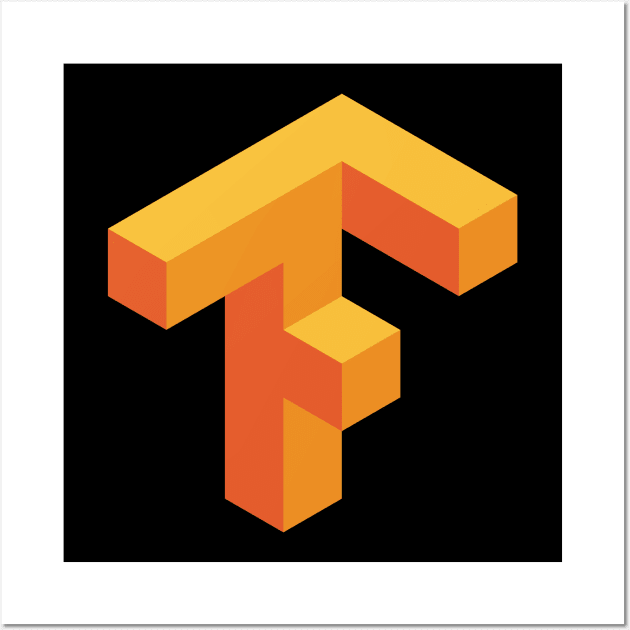Introduction:
TensorFlow is an open source library which was developed at Google’s AI organization. The library provides strong support for deploying complex computation of machine learning and deep learning models using variety of platforms such as CPU and GPU.
TensorFlow APIs has a flexible hierarchically shaped architecture in which the high-level APIs are built on the low-level APIs. Machine learning algorithms are built using low-level APIs. The architecture works in three steps. Firstly, data is inputted in the form of arrays known as tensors. These tensors are multi-dimensional arrays of higher dimensions and are useful in handling large amounts of data. Secondly, a machine learning model is build for analyzing the data. Lastly, the model is trained using training data and then tested using unknown data also known as testing data.
Installing TensorFlow:
TensorFlow provides APIs for Python 3.8 versions and above, C++, Java, and some others. For R it has a third-party package called tensorflow. TensorFlow can be installed using python’s upgraded pip package manager. Once the installation is done, double check that you have installed TensorFlow correctly by importing it into your workspace under the alias tf.
# Upgrade the pip
pip install --upgrade pip
# Current stable release for CPU and GPU
pip install tensorflow
#importing it into your workspace
import tensorflow as tf
Depending on the kind of system you are using, different programming environments can be used. However, when working on machine learning and deep learning models, Colab is commonly used. It is Google’s version of Jupyter Notebook that provides an interactive Python programming environment by combining text, code, graphics, and program output. One of the prominent advantage of using colab or collaboratory is that there is no need to specifically install tensorflow. The API can directly be import and used within colab.
